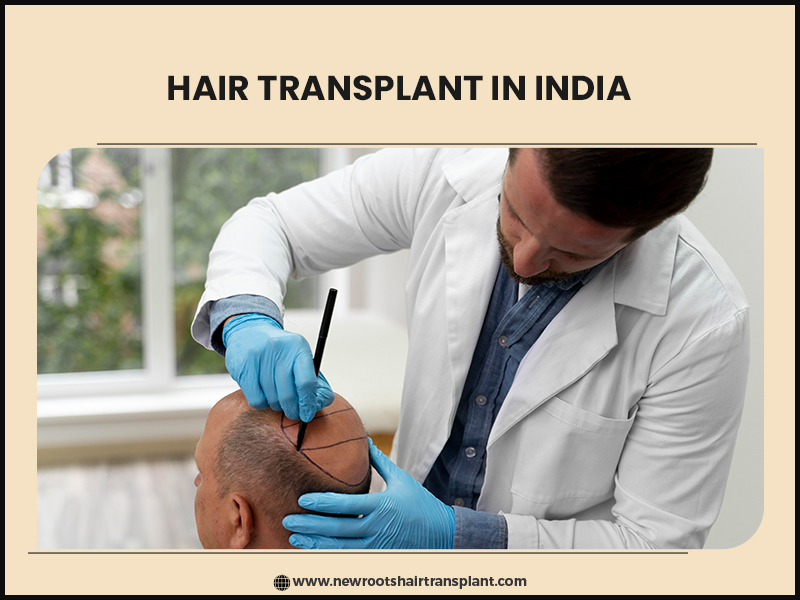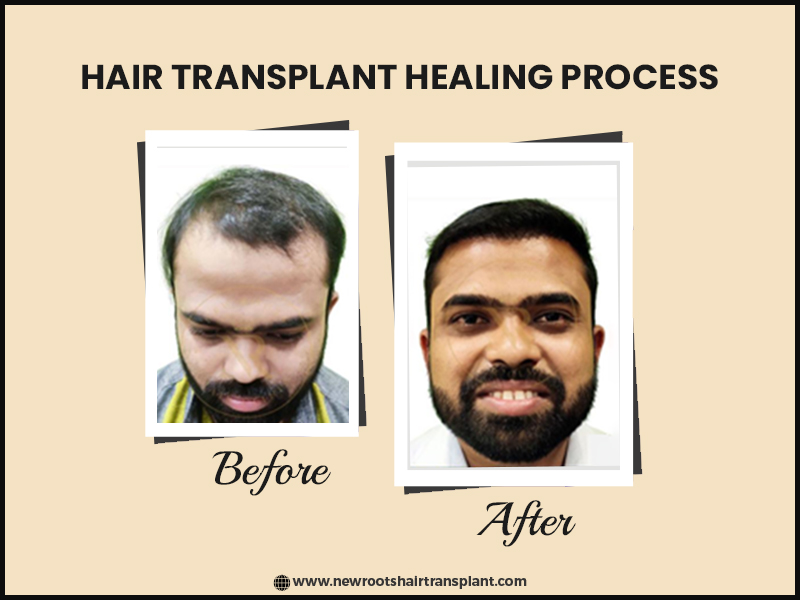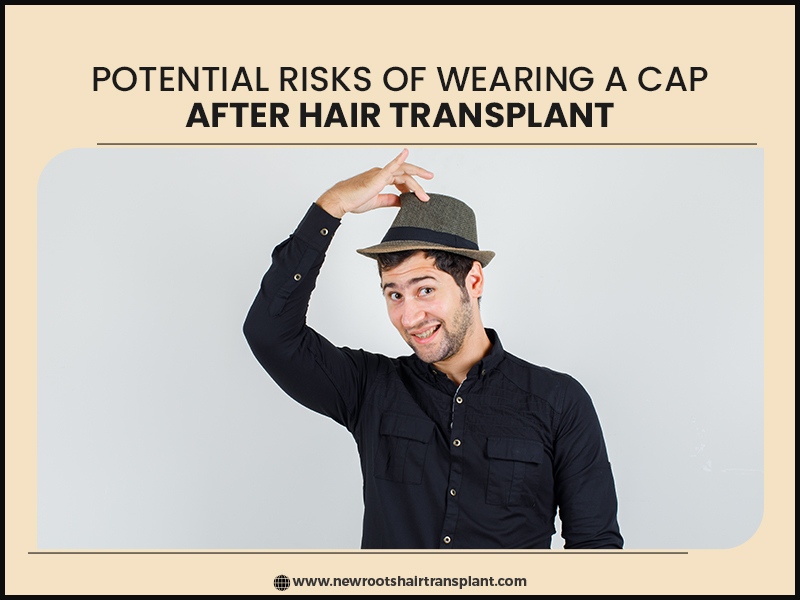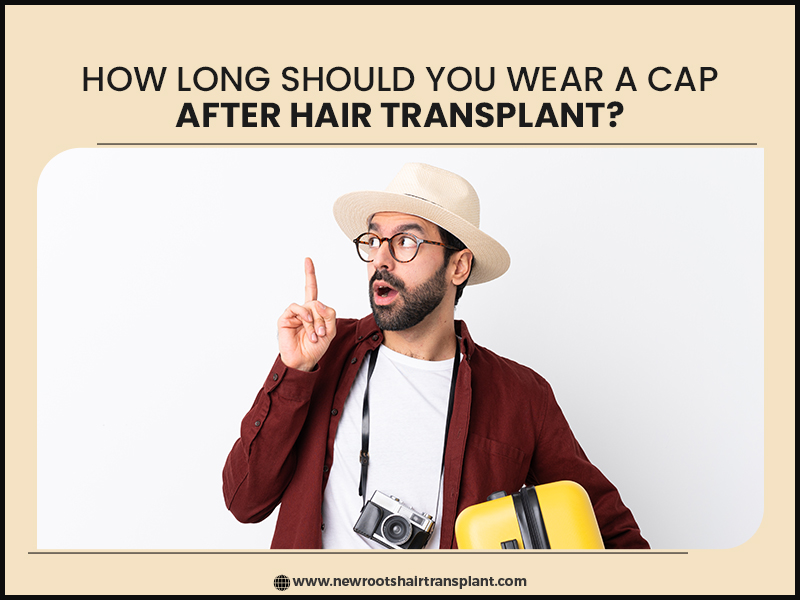
If you're considering a hair transplant in India or have recently undergone one, you may be wondering about the best practices for post-transplant care.
One common question that arises is should you wear cap after hair transplant.
In this article, we'll explore the pros and cons of wearing a cap post hair transplant and provide you with expert recommendations to help you make an informed decision.
Hair transplants have become a popular solution for those looking to restore their natural hairline and regain confidence.
The procedure involves harvesting hair follicles from a donor area and transplanting them to the recipient area.
While the hair transplant surgery itself is essential, post-transplant care plays a vital role in ensuring successful results.

Before we delve into the topic of wearing caps after a hair transplant, it's crucial to understand the procedure itself.
This process allows the transplanted hair to blend seamlessly with the existing hair, providing a natural-looking result.
Proper care after a hair transplant is vital for the success of the procedure.
It helps minimize the risk of complications and promotes healthy hair growth.
One aspect of post hair transplant care that often raises questions is whether wearing a cap is beneficial during the healing process.

After a hair transplant, the scalp undergoes a healing process that typically lasts several weeks.
During this time, the transplanted hair follicles need to establish a blood supply and anchor themselves in the recipient area.
It's essential to provide a suitable environment for this process to occur optimally.

Wearing a cap post-transplant can offer several benefits.
Firstly, it helps protect the scalp from external factors such as sun exposure and dust particles, which can potentially hinder the healing process.
Additionally, a cap provides a physical barrier that prevents accidental touch or scratching of the transplanted area, reducing the risk of damage.

While wearing a cap after a hair transplant can be beneficial, there are also potential risks to consider.
Excessive heat buildup under the cap, especially in hot weather, can lead to increased scalp sweating, which may affect the healing process.
Moreover, if the cap is too tight or causes friction against the scalp, it can potentially dislodge the transplanted hair follicles.

The duration of wearing a cap after a hair transplant can vary depending on the surgeon's instructions and the healing progress.
In some cases, surgeons recommend wearing a cap for the first few days or weeks after the surgery to protect the transplanted area.
However, it's important not to keep the cap on for prolonged periods as it may hinder proper airflow and impede the healing process.
Your surgeon will provide you with guidance on the ideal duration for wearing a cap based on your specific needs.
Regardless of whether you choose to wear a cap or opt for alternative hair care options, there are essential post-transplant care practices that you should follow.
These practices include gentle washing and drying of the scalp, avoiding excessive scratching or rubbing of the transplanted area, and refraining from activities that may put strain on the scalp, such as intense exercise or wearing tight headgear.
It's important to follow your surgeon's instructions and maintain a proper hair care routine to ensure optimal healing and growth.
There are several myths and misconceptions surrounding the topic of wearing caps after a hair transplant.
Wearing a cap does not have a direct impact on the speed of hair growth. The growth rate of transplanted hair is determined by factors such as genetics, overall health, and the quality of the hair transplant procedure.
While wearing a cap can provide certain benefits during the healing process, it is not an absolute requirement for a successful hair transplant.
Following proper post-operative care guidelines, as advised by your surgeon, is crucial for achieving the best possible results.
Not all caps are suitable for post-transplant care. It's important to choose caps made of breathable materials that allow airflow to the scalp and avoid caps that are too tight or cause friction against the transplanted area.
Shock loss, a temporary shedding of pre-existing hair, can occur after a hair transplant.
Wearing a cap does not prevent shock loss, as it is a natural part of the hair growth cycle. However, a cap can help protect the scalp during this phase.
While wearing a cap can protect the transplanted area, it does not guarantee 100% graft survival.
The success of hair grafts depends on various factors, including the surgical technique, individual healing ability, and adherence to post-transplant care guidelines.
It's advisable to choose caps made of breathable materials that allow airflow to the scalp.
Avoid caps that are too tight or cause friction against the transplanted area.
Wearing a cap, if done appropriately and for a limited duration, is unlikely to have a significant impact on the growth of transplanted hair.
However, prolonged or tight cap usage may hinder proper airflow and affect the healing process.
Caps made of lightweight, breathable materials such as cotton or microfiber are generally recommended for post-transplant care.
Avoid caps with rough or abrasive surfaces that may cause friction against the transplanted area.
It's generally not recommended to wear a cap while sleeping after a hair transplant. During sleep, it's important to allow the scalp to breathe and avoid unnecessary pressure or friction on the transplanted area.
Ultimately, the decision to wear a cap after a hair transplant should be based on your surgeon's recommendations and your own comfort.
Wearing a cap can offer protection from external factors and help minimize the risk of accidental damage to the transplanted area.
However, it's important to strike a balance and avoid prolonged use that may hinder proper healing and airflow to the scalp.
Remember to consult with your surgeon for post-operative care instructions, as they are tailored to your specific needs.